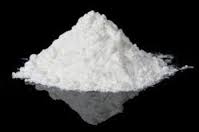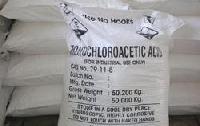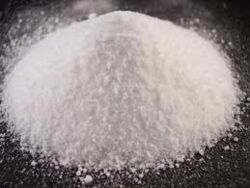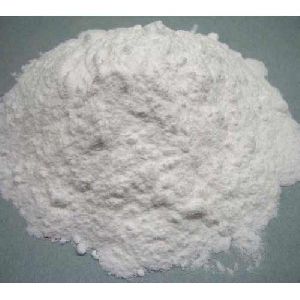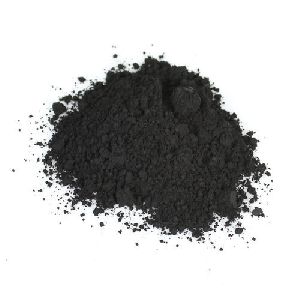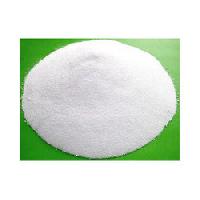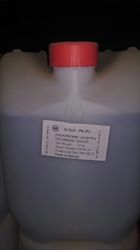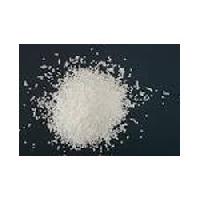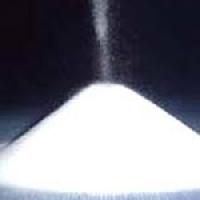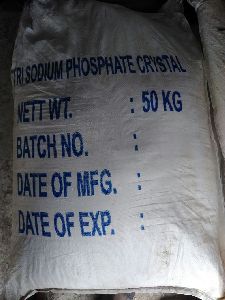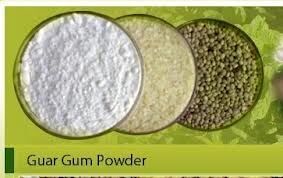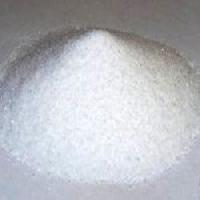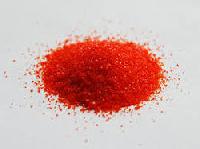Mulund West, Mumbai, Maharashtra
- GST NO. : 27ABRPU3221F1ZH
| Business Type | Manufacturer, Supplier, Retailer, Wholesaler |
| Type | Pharma |
| Brand Name | Hemadri Chemicals |
| Application | Medical |
| Click to view more | |
Preferred Buyer From
| Location | Worldwide |
Product Details
Purity
99.9%
Condition
Best
Place of Origin
Indian
Boric Acid Powder
61
Boric acid A water-soluble white or colorless crystalline compound, used as an antiseptic and preservative and in fireproofing compounds, cosmetics, cements, and enamels. Boric Acid (Orthoboric Acid) H3BO3 Available as granular or powder
Composition :
- Theoretical Typical Boric oxide (B2O3) 56.30% 56.24%
- Water (H2O) 43.70 43.66
- Boric Acid (H3BO3) 100.00 99.9
Physical and Chemical Properties :
- Molecular Weight 61.84
- Specific gravity @ 14oC (57oF) 1.51
- Heat of solution @ 18oC (64oF) cal/gm -87.2
- Melting point (heated in closed space) 17.09oC ± 0.2oC (340oF)
Stability :
- Boric Acid is stable at ordinary temperatures.
- It is volatile in steam without decomposition.
Uses :
- It can be used as an antiseptic for minor burns or cuts and is sometimes used in dressings or salves or is applied in a very dilute solution as an eye wash. As an anti-bacterial compound, boric acid can also be used as an acne treatment.
- Boric acid can be used to treat yeast and fungal infections Borates including boric acid have been used since the time of the Greeks for cleaning, preserving food, and other activities Silly Putty was originally made by adding boric acid to silicone oil TBE buffer is widely used for the electrophoresis of nucleic acids and has a higher buffer capacity than a TAE Buffer. It can be used for DNA and RNA polyacrylamide and agarose gel electrophoresis It is used in pyrotechnics to prevent the amide-forming reaction between aluminium and nitrates.
- A small amount of boric acid is added to the composition to neutralize alkaline amides that can react with the aluminium Boric acid dissolved in methanol is popularly used among fire jugglers and fire spinners to create a deep green flame The white powder is also used in India and across the world to dust down Carrom boards to decrease friction and increase speed of play
Looking for "Boric Acid" ?
Kilogram
Explore More Products


